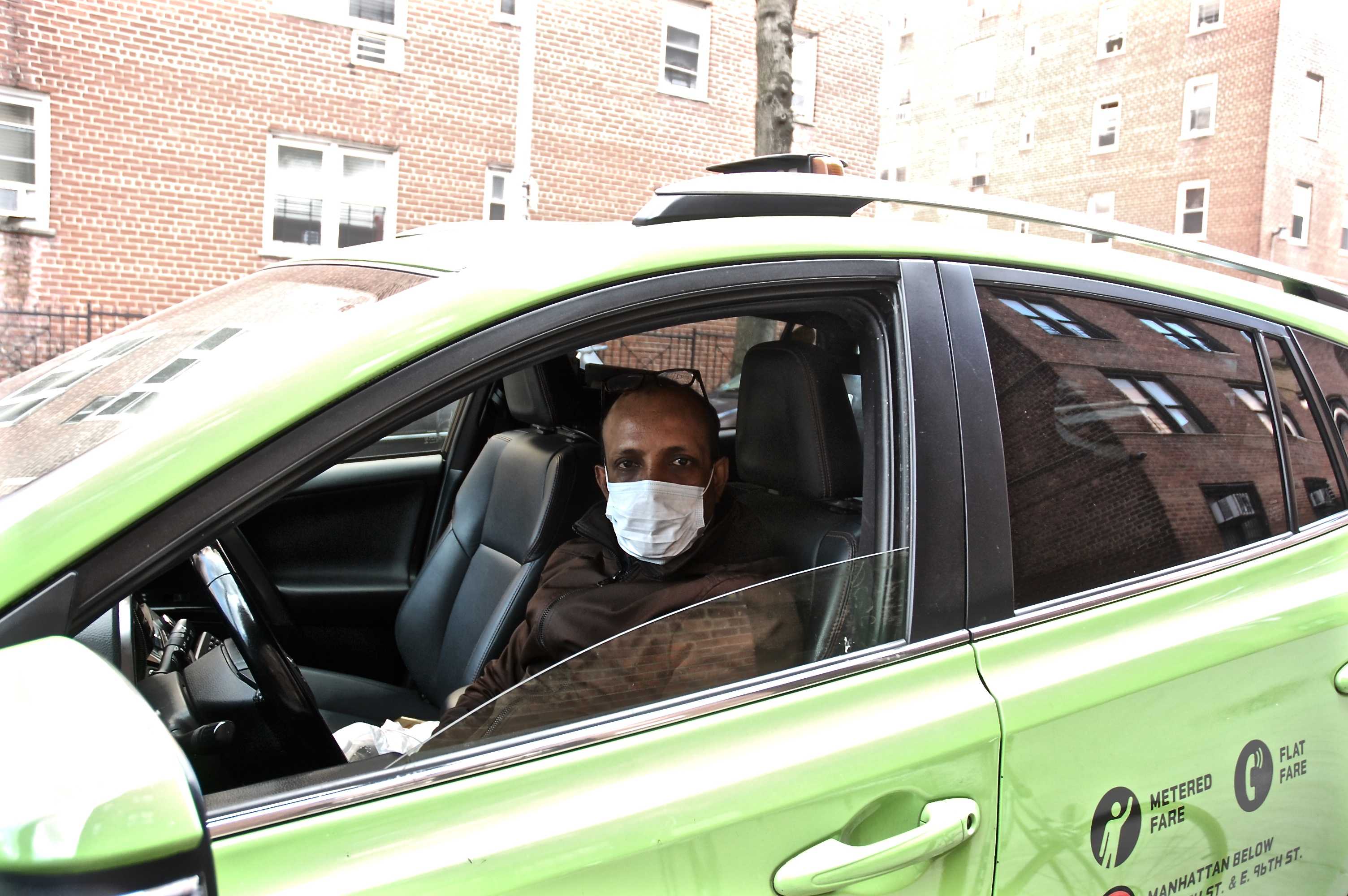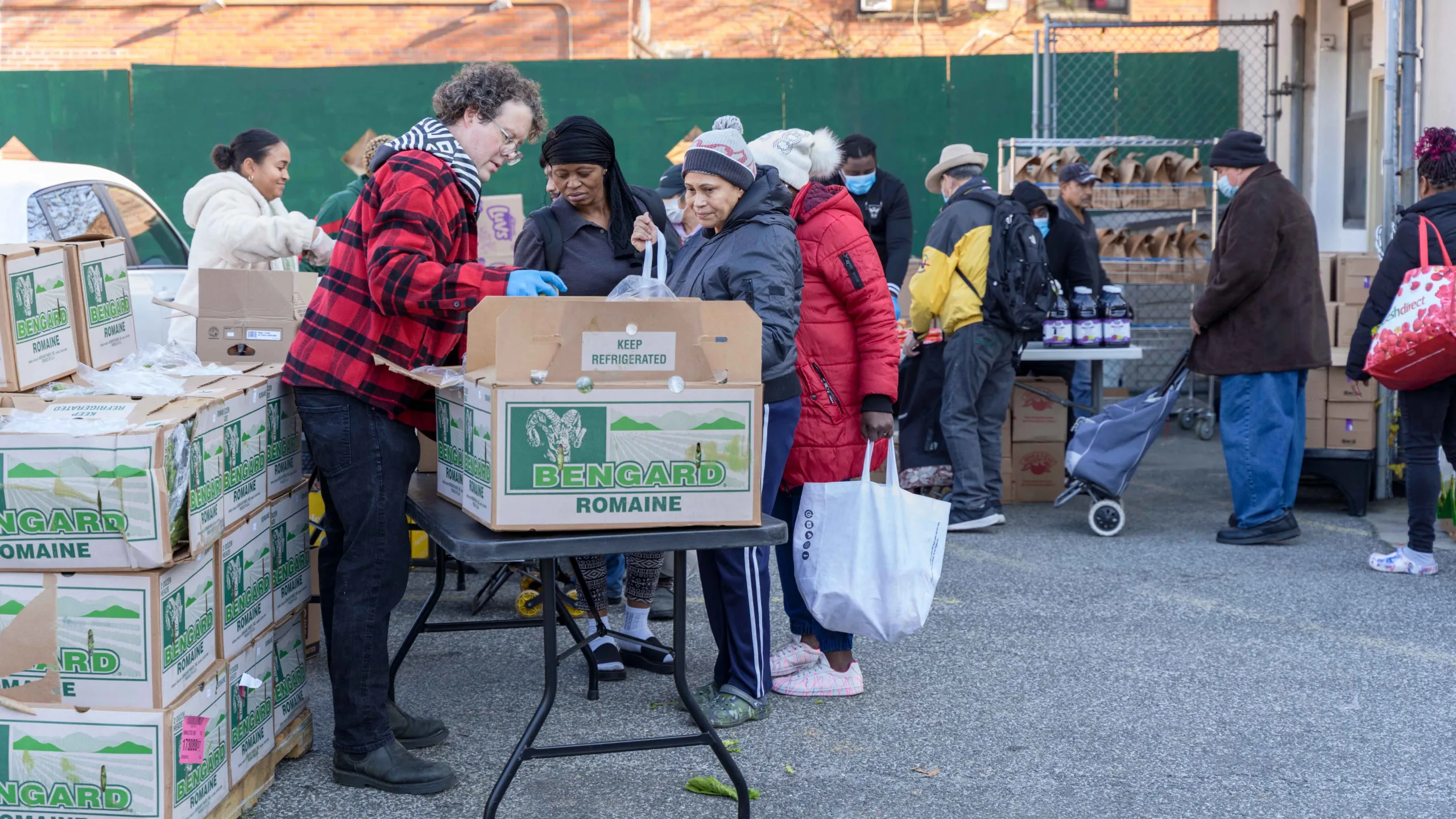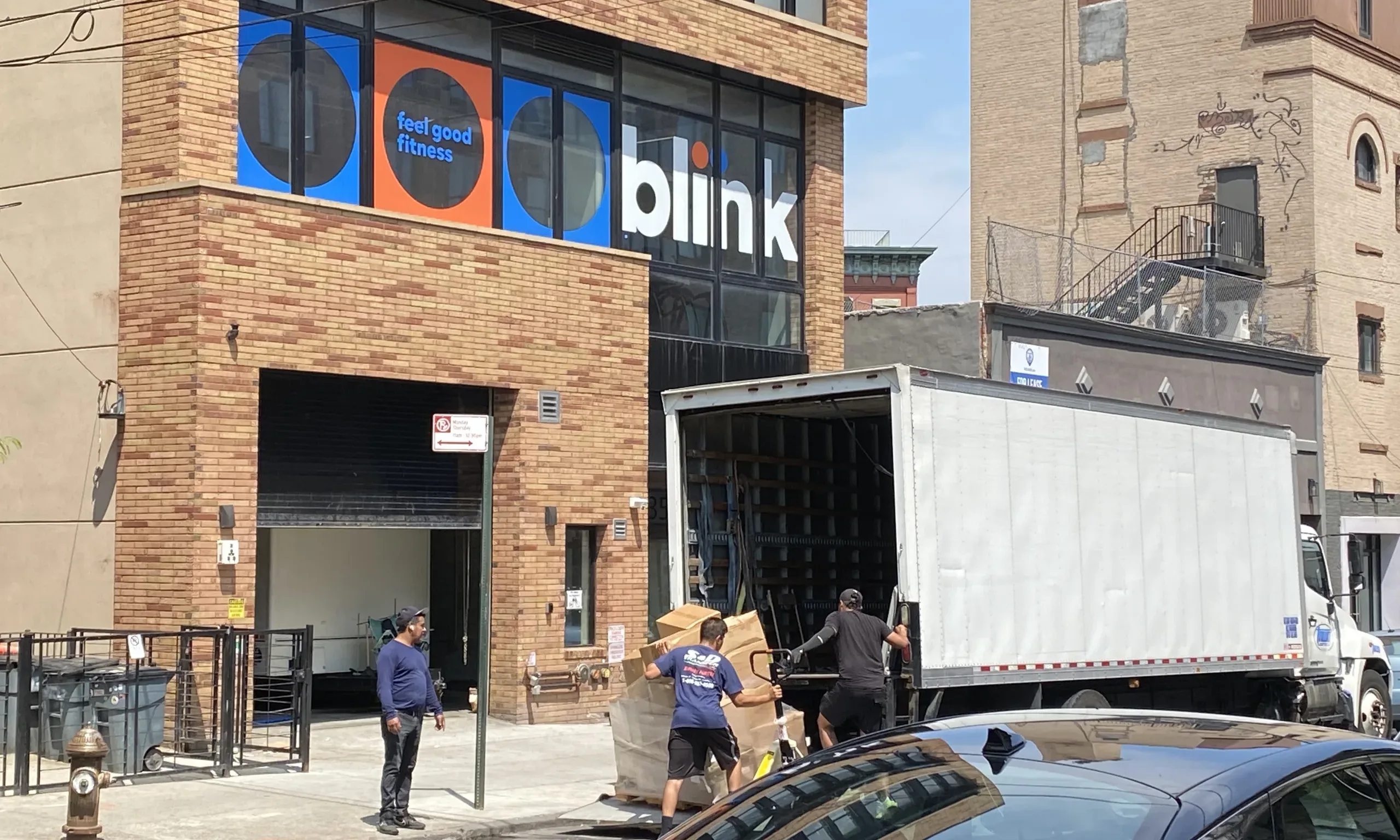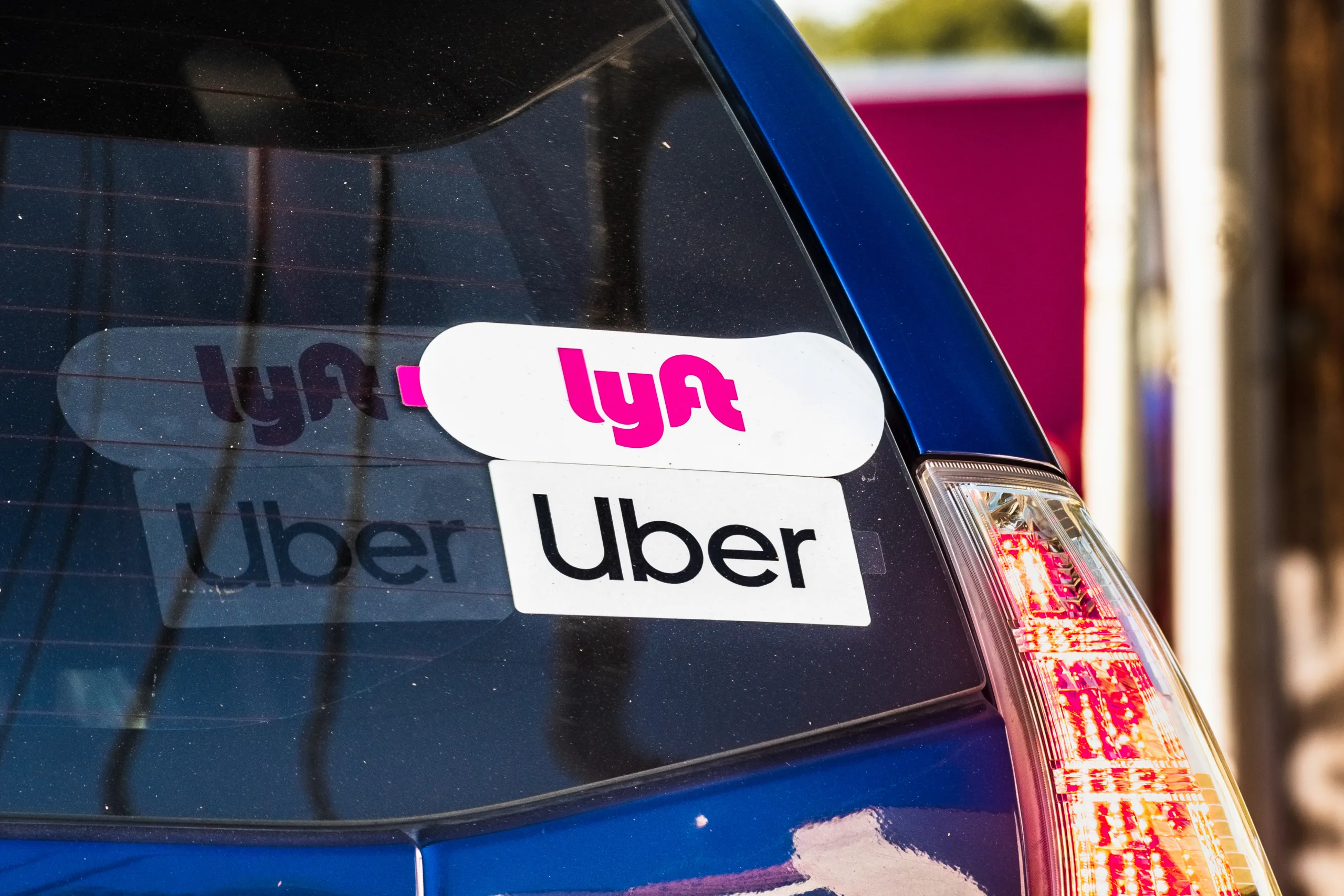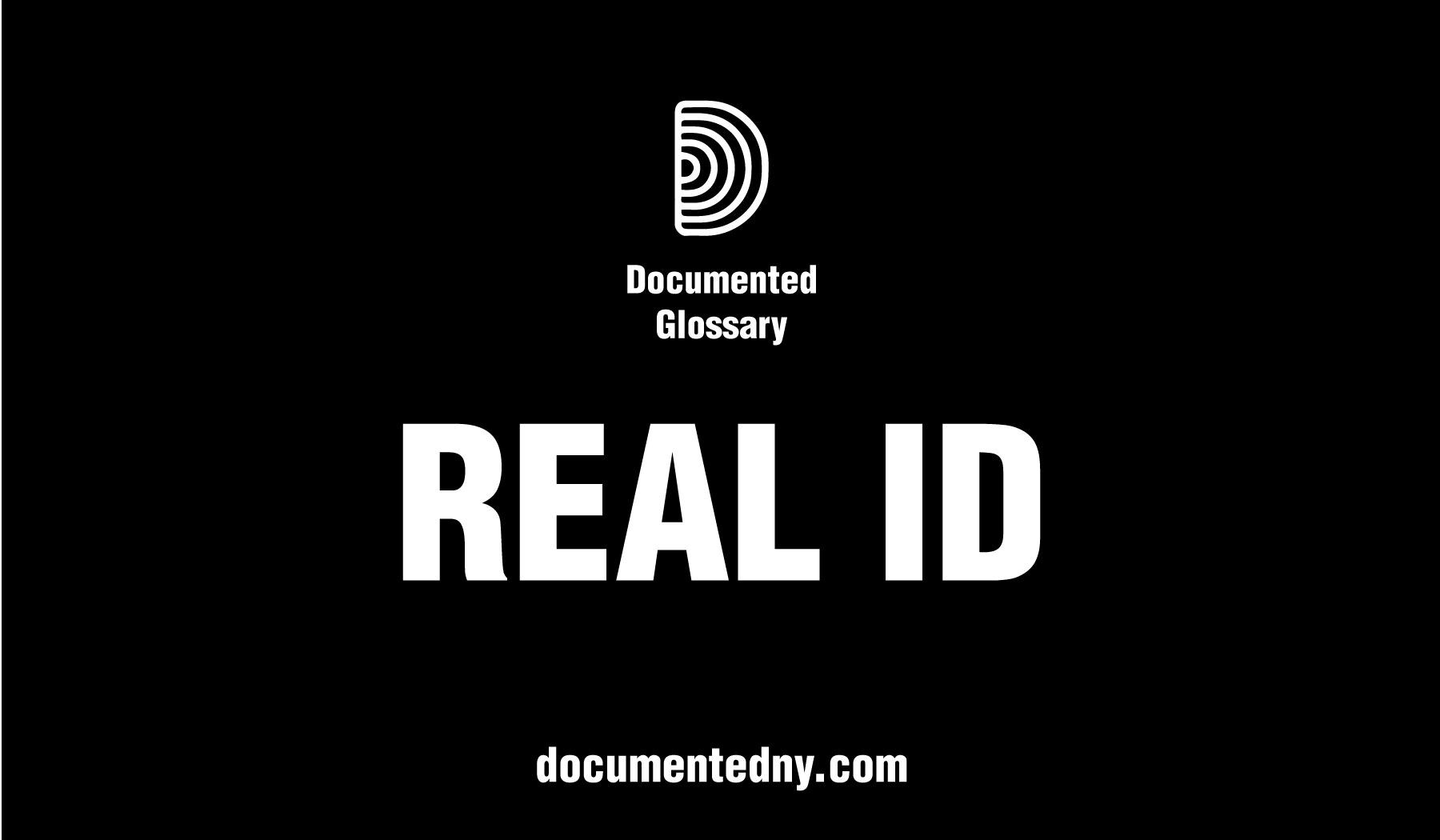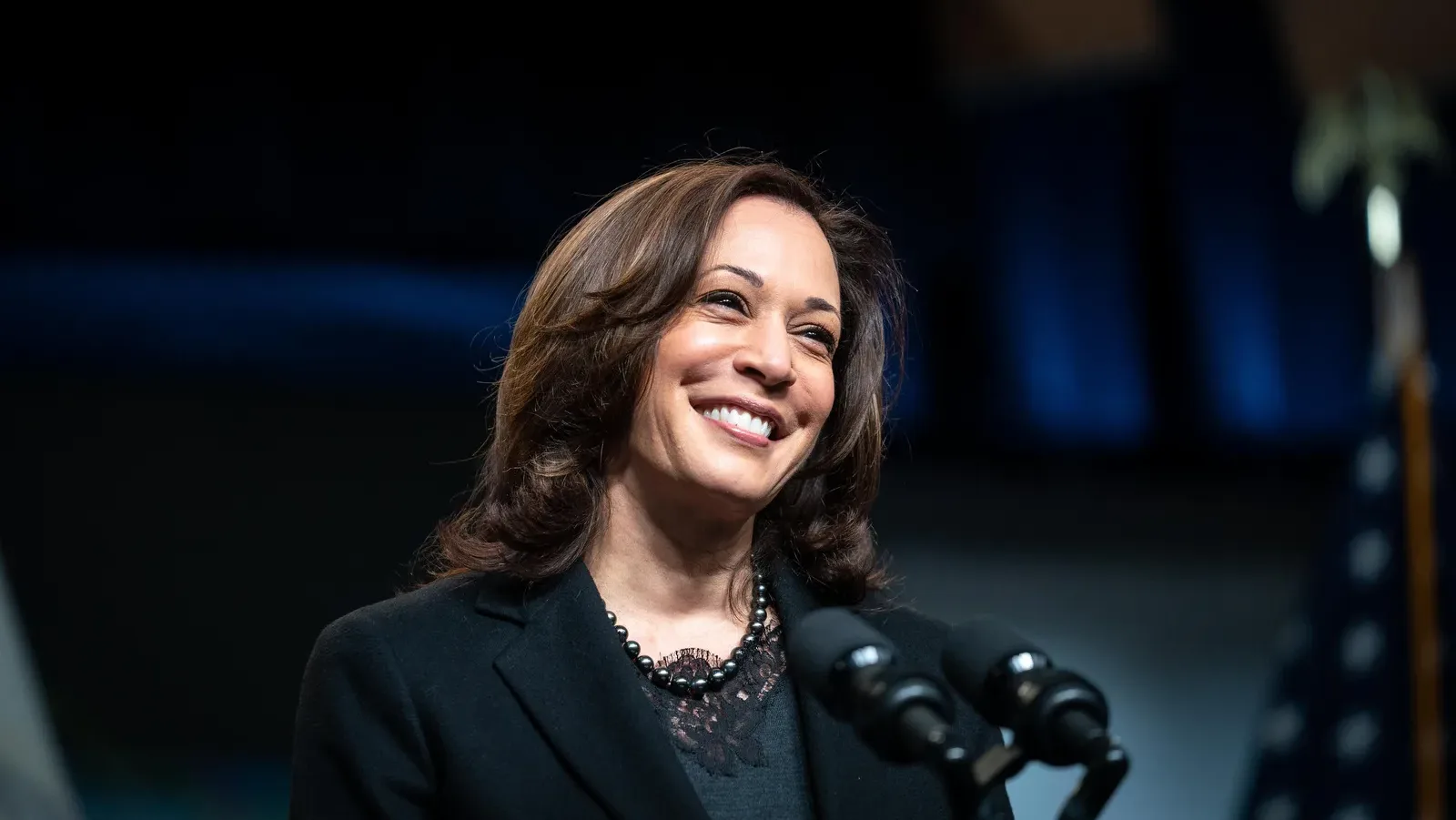Nearly every day for the past two weeks, Syed Quadri has camped out in the front seat of his parked green taxi for hours on end in front of his apartment in Jackson Heights, Queens. He spends much of his time watching soap operas from his native Bangladesh or chatting with relatives back home. With New York grappling to contain the spread of the COVID-19 outbreak, the City’s taxi industry has ground to a halt.
Rows of yellow and green cabs line the streets of Jackson Heights and Elmhurst. They’re an ominous reminder of how many families in Queens depend on the taxi industry. With fewer people on the street, taxi drivers like Quadri are finding it increasingly difficult to make ends meet. According to data from the Metropolitan Taxicab Board of Trade, taxi ridership has dropped by nearly 91 percent. “Business is very poor right now. I’m making no money,” Quadri said. “For almost two weeks, I don’t work. Of course I’m scared of getting sick but I have so many expenses.”
With three children to support and a monthly rent of $2,000 for his one bedroom apartment, Quadri is unsure of how long he can last without income or government relief. “Honestly not working is hurting. I heard on the news they will be sending everyone a thousand dollars but that is nothing, brother. We need real help.”
Other cab drivers are spending much of their time out of work in the Jackson Heights Islamic Center. Nazrul Islam has driven a yellow cab for 14 years. For him, the mosque has served as a sanctuary during uncertain times. On a recent day, around six out of work drivers were lounging in the mosque. An increasing number of drivers are finding refuge in the mosque.
Although spending time with each other provides a relief to the isolation of unemployment, Islam is holding out hope that the city will come to their aid. “There is no place else for us to go,” said Islam. “Look around. No one here is working. None of us are making any money.”
The current crisis facing taxi drivers comes at a time when the industry is in shambles. Apps like Uber and Lyft have upended the industry by flooding the market with thousands of for hire vehicles. As a result, taxi ridership has sharply declined.
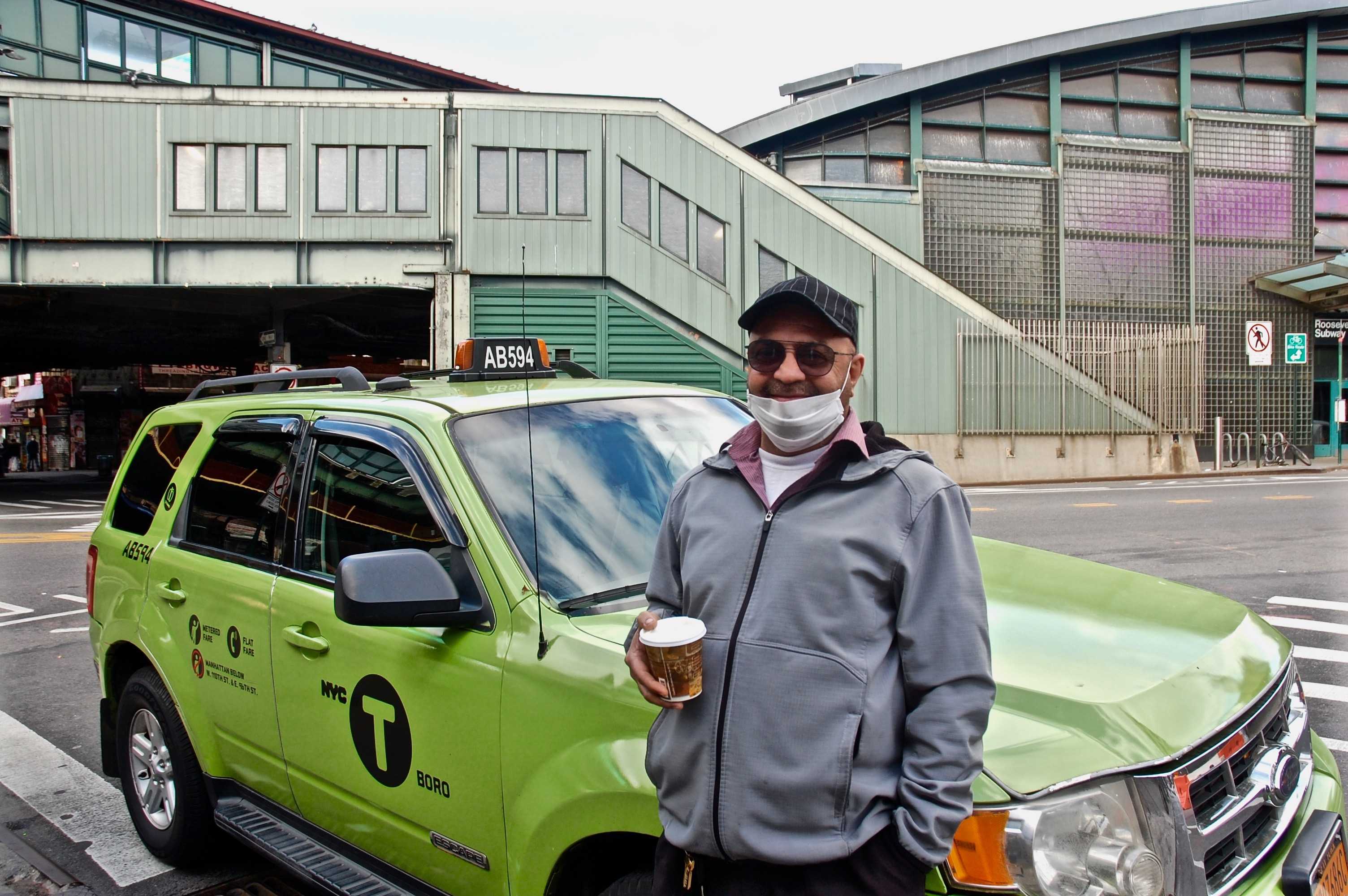
“Before the virus, business was already very slow because of Uber,” said Sing, a cab driver from India who preferred to be referred to only by his first name. “With Uber it was too much competition. It was hurting business for everyone. No one could make much money. Now business has been completely killed because of the virus.”
Additionally, many yellow cab drivers who took out high interest loans to purchase taxi medallions for hundreds of thousands of dollars, found that the medallion values suddenly plummeted along with their life savings. Three medallion owners and five other for-hire drivers committed suicide due to the financial distress created by the crumbling industry.
In January, a New York City Council commission released a report suggesting the creation of a publicly managed fund to bail out thousands of struggling taxi medallion owners. Yet, with the current crisis, taxi drivers are demanding a rapid response. “I don’t understand why the city doesn’t help us? We pay our taxes and help this city so much,” Islam said. “We all have families to feed but it feels like the city doesn’t care.”
Last week New York City Council Speaker Corey Johnson proposed a $12 billion relief plan which would expand unemployment benefits and include a universal basic income of a one time payment of $550 to every adult and $275 to every child, which would include for-hire drivers.
Still, Council Member Ydanis Rodriguez, who chairs the City Council’s Transportation Committee, told Documented that he’s hoping to work with the Taxi and Limousine Commission (TLC) as well as for-hire driving apps to craft an industry specific relief effort, but left the details vague. “We as a city should provide financial assistance to the drivers and medallion owners. We should also make Uber and Lyft part of the solution. They should also help the drivers. This is a tough moment and we should send a message to the drivers and medallion owners that we will not leave them behind.” Despites Rodriguez’s hope to include Uber and Lyft as part of the “solution,” recent reports claim that the apps are barring workers from applying for unemployment.
TestPost3
In an effort to help drivers, the TLC has unveiled a plan to directly hire licensed cab drivers to deliver food to New Yorkers in need during the crisis. The program will pay $15 an hour and will be assigned on a first come first serve basis. “The TLC is committed to the well-being of drivers, who are among the hardest hit, and to the City’s greatest needs during this crisis,” TLC Commissioner Aloysee Heredia Jarmoszuk told Documented. “Our drivers are eager and ready to help and a program potentially feeding over a hundred thousand people in need is a great way to start.” However, when asked about how many drivers the program anticipates to hire, how much it will cost and for how long it will employ drivers, Allan Fromberg, the TLC Director of Public Affairs, was unsure. “There’s no way to say at this moment. The program is still ramping up, so demand has to build before it swings into full gear.”
Although they are happy for any help taxi drivers can get, the Taxi Workers Alliance (TWA), the labor union that represents for hire drivers, believes the program doesn’t go far enough. “Given how much drivers are hurting, we’re thankful to see the TLC advocate for our members to have work and pay,” said Bhairavi Desai, Executive Director of TWA. “As the city offers temporary, essential work during this crisis, all of that work, not only this program for drivers, should have hazard pay on top of hourly rates, safety training, and paid sick leave and treatment.” The work should also be full-time, Desai added, and prioritize workers who are not immediately eligible for unemployment insurance, which the New York state maximum is $504 per week.
As the city decides what response it will take, drivers with piling bills like Syed Quadri, struggle to get by without steady income. With 6 years behind the wheel of a green cab and a total of 15 years as a driver, Quadri is left unsure about his future.
“Since I came to this country all I have done was be a driver. That’s my profession. What else can I do?”
